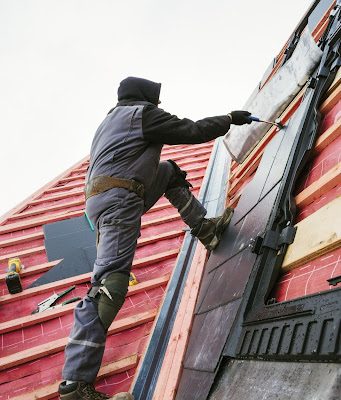Nestled along the rugged coastline of Canada’s easternmost province, Newfoundland is a land of natural wonders and rich maritime heritage. As the province embraces modernity while preserving its traditions, the emergence of steel buildings newfoundland is reshaping its architectural landscape. From sturdy industrial structures to contemporary urban designs, steel buildings are becoming synonymous with progress in Newfoundland.
Newfoundland’s Evolution and Steel Buildings
Newfoundland’s history is intertwined with the sea, where fishing communities and maritime trade have left an indelible mark. Today, as the province expands its horizons, the need for efficient and adaptable infrastructure has never been more pressing. With their durability and versatility, steel buildings contribute to Newfoundland’s transformation.
- Resilience Against Maritime Climate
The maritime climate of Newfoundland can be unforgiving, with harsh winters and coastal winds. Steel buildings stand as formidable structures that withstand the elements. The inherent strength of steel ensures longevity even in the face of challenging weather conditions.
- Industrial Advancements
The industrial sector in Newfoundland is diverse, ranging from fishing and aquaculture to offshore oil and gas. Steel buildings have found their place as essential components of this growth. These structures serve as processing centers, storage facilities, and operational bases that drive Newfoundland’s economy.
- Embracing Modern Urbanization
Newfoundland’s urban centers, like St. John’s, are hubs of innovation and modernization. Steel buildings are playing a pivotal role in this transformation. From commercial complexes to residential developments, steel ensures that these structures can cater to the demands of modern urban life.
- Preservation of Aesthetic Heritage
While embracing progress, Newfoundland is also keen on preserving its architectural heritage. Steel buildings allow for contemporary designs harmonizing with the province’s traditional aesthetics. This balance between modernity and heritage defines Newfoundland’s architectural evolution.
- Community-Centric Spaces
Steel buildings are not just functional; they also create spaces that bring communities together. Community centers, recreational facilities, and educational institutions are adopting steel structures for their adaptability and longevity.
Driving Economic Growth
The rise of steel buildings in Newfoundland is not just about construction; it’s about driving economic growth. Local steel fabrication, engineering, and construction industries benefit from increased demand, creating job opportunities and bolstering the province’s economy.
Collaborative Innovation
The success of steel buildings is a result of collaborative innovation. Architects, engineers, builders, and the community work together to create structures that align with the province’s needs and values.
In Conclusion
Newfoundland’s journey toward progress is intricately linked with the evolution of its infrastructure. Steel buildings are at the forefront of this transformation, embodying the province’s resilience, adaptability, and growth spirit.
From the bustling streets of St. John’s to the coastal villages that dot the province’s coastline, steel structures are leaving an indelible mark on Newfoundland’s landscape. These buildings are symbols of modernity and testaments to the province’s determination to embrace the future while honoring its past. As Newfoundland forges ahead, the impact of steel buildings on its architecture serves as a reminder that progress is not just about structures; it’s about the stories and aspirations of a province seeking to define its future while cherishing its roots.





